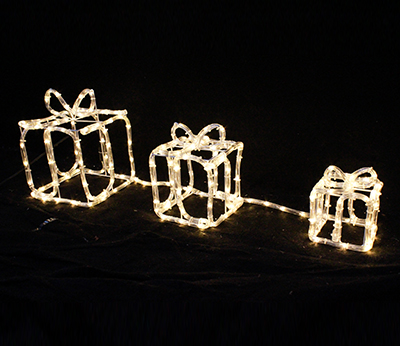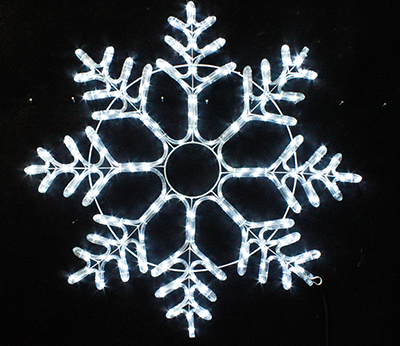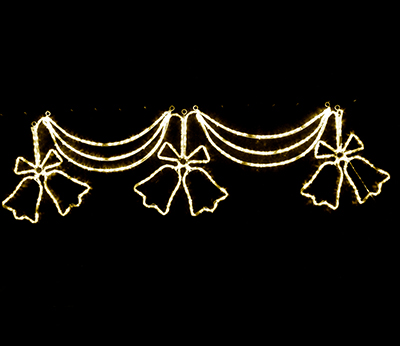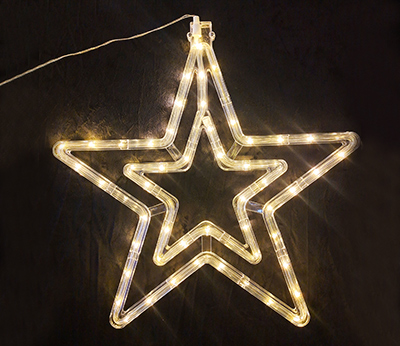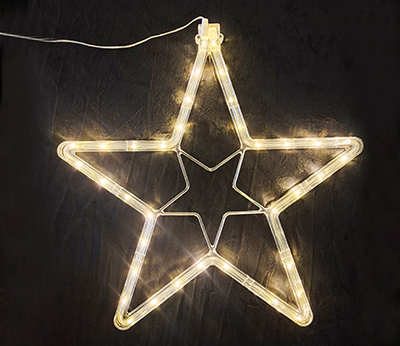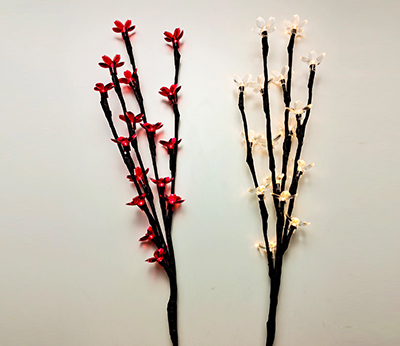LED Christmas lights have been in the Christmas light industry for a long time. Now there are numerous different styles and hues to select from. Most folks use strings of LED Christmas Tree Lights either made from translucent plastic or transparent. The LED lights not only look cool for their low price, but also last all winter. So, you save money and get beautiful light to decorate your home or business.
Traditional lighting requires electrical power to be used and then releases that power through a filament. That electrical power runs wires, which ultimately need to be connected to an electrical current. That creates a mess with the overall efficiency of the lighting system. LED Christmas lights reduce that mess because they don't need to be connected to anything, so they run completely on electricity.
LED Christmas lights have an advantage over other types of bulbs. They last much longer than the average bulb, sometimes up to twenty years or more. That's the reason why most houses and businesses use them nowadays. They're tough, durable, and energy-efficient.
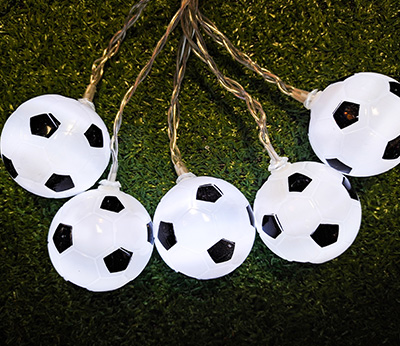
Traditional bulbs break down after a few years. The plastic strands inside them wear out after some time. And, the filament gets tangled with diodes. So, even though LED lights offer much better durability and reliability, they're not exactly the best bang for your buck.
Another thing to consider is how much power LED Christmas lights consume. Although they use just half as much electricity as traditional bulbs, they consume about the same total watts. So, you can get the look of both types of light by purchasing an LED bulb. If you want a bit of variety in your light design, however, you can purchase a kit that contains all the parts necessary to put together your own individual LED Christmas lights.
To conserve energy, however, you may not want to use all the light your string lights require at once. Instead, you should think about putting several of them together to extend the length of your string lights. The same goes for using dimmer switches. Dimming the lights individually makes them less of an energy hog. For example, if you have two or three strings in your garden, instead of connecting each one to its own bulb, you can dim the third one to take up the slack energy needed to light the others.


